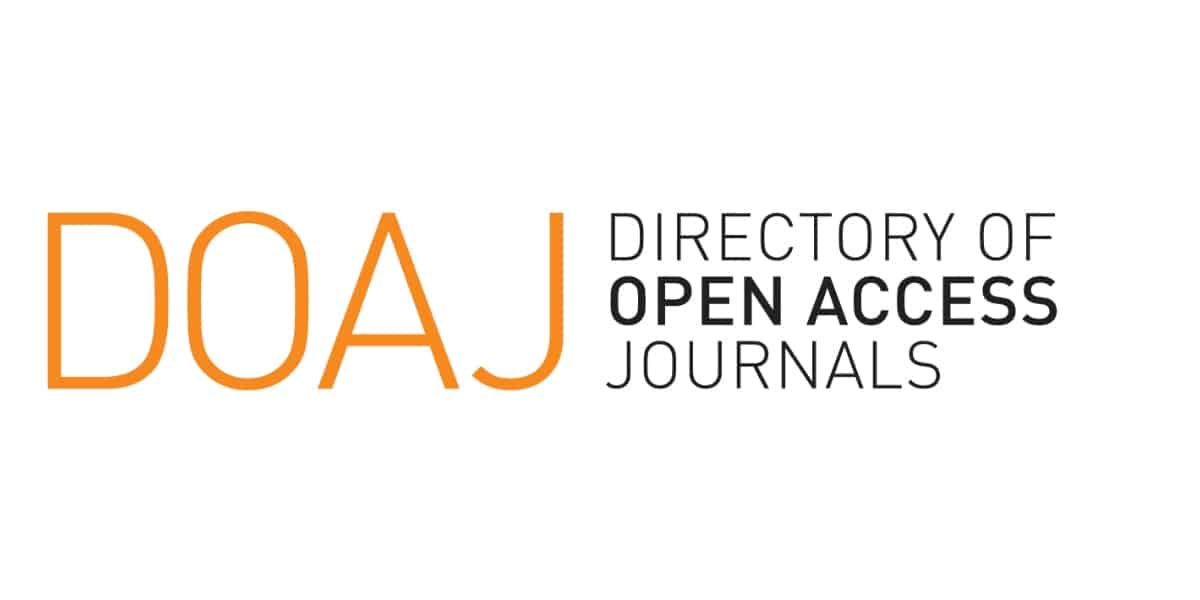Pengaruh Sistem Produksi Lean terhadap Pengurangan Biaya Produksi dan Peningkatan Profitabilitas di Industri Pengolahan Limbah Plastik
Keywords:
Lean Production System, Plastic Waste Recycling, Operational Efficiency, Cost Reduction, ProfitabilityAbstract
The plastics recycling industry plays a vital role in reducing the environmental impact of plastic waste. However, challenges such as high operating costs and low profit margins are hindering its growth. This article explores the application of lean production systems as a potential solution to improve operational efficiency and profitability in this industry. By reducing waste at various stages of production, such as energy consumption, raw materials and production time, lean has been shown to reduce operating costs by up to 10% in large-scale production. In addition, Lean enables companies to increase production capacity without significantly increasing costs. Despite the challenges associated with initial investment and organisational culture change, the long-term benefits of implementing Lean, such as increased profit margins and competitiveness, make it a highly relevant strategy for the plastics recycling industry.
References
Referensi
[1] D. Nurmalasari, N. Andrian, A. K. Priyanto, and A. Taryana, “Pemanfaatan Sampah Plastik Menjadi Produk dan Jasa Kreatif.,” J. Compr. Sci., vol. 3, no. 7, 2024.
[2] R. Hossain, M. T. Islam, A. Ghose, and V. Sahajwalla, “Full circle: Challenges and prospects for plastic waste management in Australia to achieve circular economy,” J. Clean. Prod., vol. 368, p. 133127, 2022.
[3] S. Sanusi, L. Larisang, R. P. Hasibuan, I. Ismail, and A. Badruszaman, “Pelatihan Peningkatan Efisiensi Produksi dan Omset Penjualan UMKM melalui Pemanfaatan Teknologi Informasi dan Lean Manufacturing,” PUAN Indones., vol. 6, no. 1, pp. 377–388, 2024.
[4] U. Dombrowski, T. Richter, and P. Krenkel, “Interdependencies of Industrie 4.0 & lean production systems: A use cases analysis,” Procedia Manuf., vol. 11, pp. 1061–1068, 2017.
[5] P. Ribeiro, J. C. Sá, L. P. Ferreira, F. J. G. Silva, M. T. Pereira, and G. Santos, “The Impact of the Application of Lean Tools for Improvement of Process in a Plastic Company: a case study,” Procedia Manuf., vol. 38, pp. 765–775, 2019.
[6] M. R. Johansen, T. B. Christensen, T. M. Ramos, and K. Syberg, “A review of the plastic value chain from a circular economy perspective,” J. Environ. Manage., vol. 302, p. 113975, 2022.
[7] I. T. B. Widiwati, S. D. Liman, and F. Nurprihatin, “The implementation of Lean Six Sigma approach to minimize waste at a food manufacturing industry,” J. Eng. Res., 2024.
[8] M. M. Shahriar, M. S. Parvez, M. A. Islam, and S. Talapatra, “Implementation of 5S in a plastic bag manufacturing industry: A case study,” Clean. Eng. Technol., vol. 8, p. 100488, 2022.
[9] A. Desfrianto, “Minimasi Waste Melalui Implementasi Lean Manufacturing Dengan Tools Value Stream Mapping Pada Proses Produksi Batik Tulis (Studi Kasus: Ukm Batik Nakula Sadewa),” 2021.
[10] M. Aslam, Z. Gao, and G. Smith, “Development of Lean Approaching Sustainability Tools (LAST) matrix for achieving integrated lean and sustainable construction,” Constr. Econ. Build., vol. 21, no. 3, pp. 176–197, 2021.
[11] N. Nordin and B. Md Deros, “Organisational change framework for lean manufacturing implementation,” Int. J. Supply Chain Manag., vol. 6, no. 3, pp. 309–320, 2017.
[12] N. R. Nurwulan, “Penerapan Lean Manufacturing di Industri Makanan dan Minuman: Kajian Literatur,” IKRAITH-EKONOMIKA, vol. 4, no. 2, pp. 62–68, 2021.
[13] P. Deoranto, A. Harwitasari, and D. M. Ikasari, “Analisis produktivitas dan profitabilitas produksi sari apel dengan Metode American Productivity Center di KSU Brosem,” Ind. J. Teknol. dan Manaj. Agroindustri, vol. 5, no. 3, pp. 114–124, 2017.
[14] W. M. Cheung, J. T. Leong, and P. Vichare, “Incorporating lean thinking and life cycle assessment to reduce environmental impacts of plastic injection moulded products,” J. Clean. Prod., vol. 167, pp. 759–775, 2017.
[15] E. Lander and J. K. Liker, “The Toyota Production System and art: making highly customized and creative products the Toyota way,” Int. J. Prod. Res., vol. 45, no. 16, pp. 3681–3698, 2007.
[16] D. Hananto et al., “Strategi Manajemen Operasi Dalam Mengoptimalkan Operasi E-Commerce di Indonesia,” AL-MIKRAJ J. Stud. Islam dan Hum. (E-ISSN 2745-4584), vol. 5, no. 01, pp. 445–458, 2024.
[17] M. R. Shaharudin, K. Govindan, S. Zailani, and K. C. Tan, “Managing product returns to achieve supply chain sustainability: an exploratory study and research propositions,” J. Clean. Prod., vol. 101, pp. 1–15, 2015.
[18] J. Fresner, F. Morea, C. Krenn, J. A. Uson, and F. Tomasi, “Energy efficiency in small and medium enterprises: Lessons learned from 280 energy audits across Europe,” J. Clean. Prod., vol. 142, pp. 1650–1660, 2017.
[19] D. J. Antandito, M. Choiri, and L. Riawati, “Pendekatan Lean Manufacturing Pada Proses Produksi Furniture Dengan Metode Cost Integrated Value Stream Maping (Studi Kasus: PT. Gatra Mapan, Ngijo, Malang),” J. Rekayasa dan Manaj. Sist. Ind., vol. 2, no. 6, p. 131660, 2013.
[20] H. E. Sutrisno, Budaya organisasi. Prenada Media, 2019.
[21] J. Tidd and J. R. Bessant, Managing innovation: integrating technological, market and organizational change. John Wiley & Sons, 2020.
[22] J. P. Womack and D. T. Jones, “Banish waste and create wealth in your corporation,” Recuper. http//www. kvimis. co. in/sites/kvimis. co. in/files/ebook_attachments/James, vol. 56, 2003.
Downloads
Published
Issue
Section
License
Copyright (c) 2024 Radhiana, Mukhdasir, Jen Surya, Nurfiani Syamsuddin, Maryam (Author); Aulia Syafitri (Translator)

This work is licensed under a Creative Commons Attribution 4.0 International License.
















